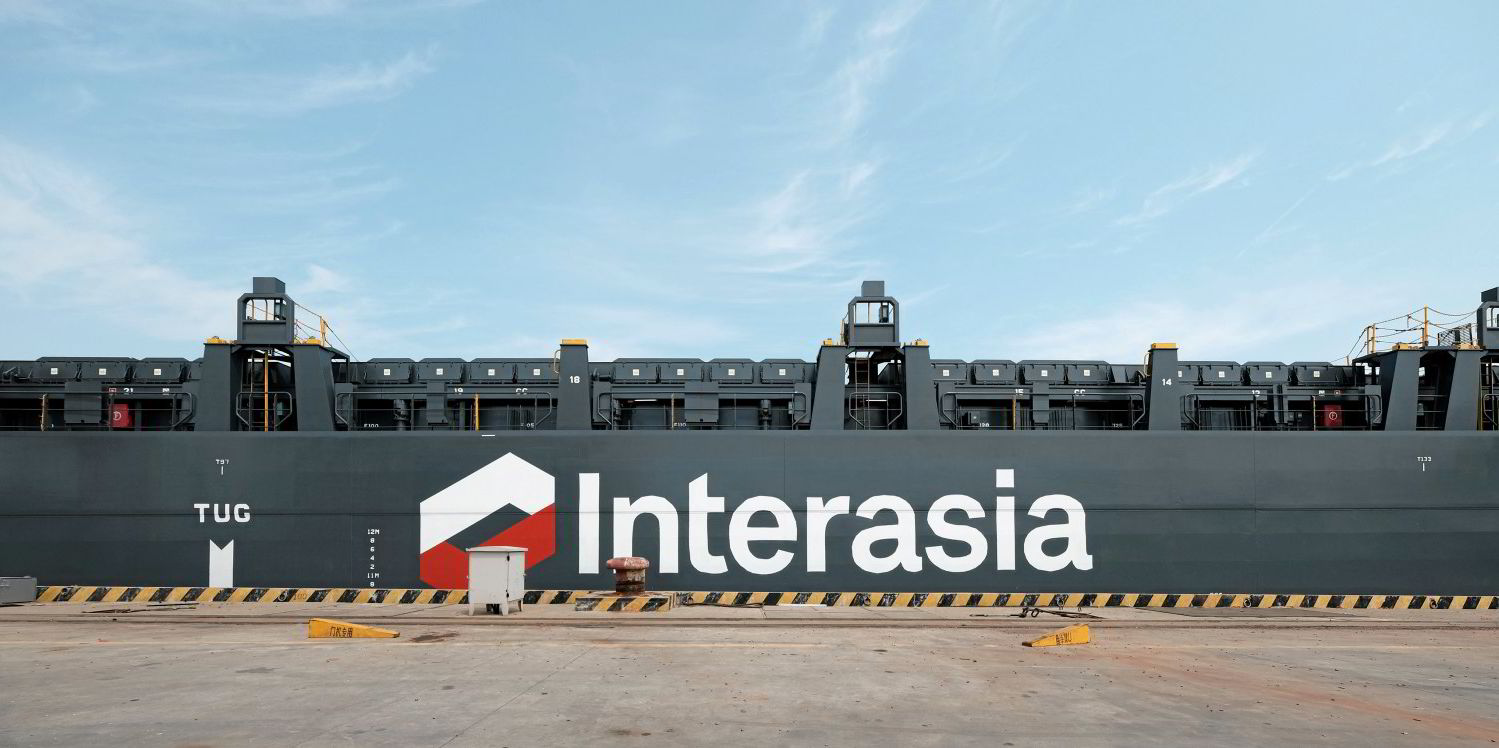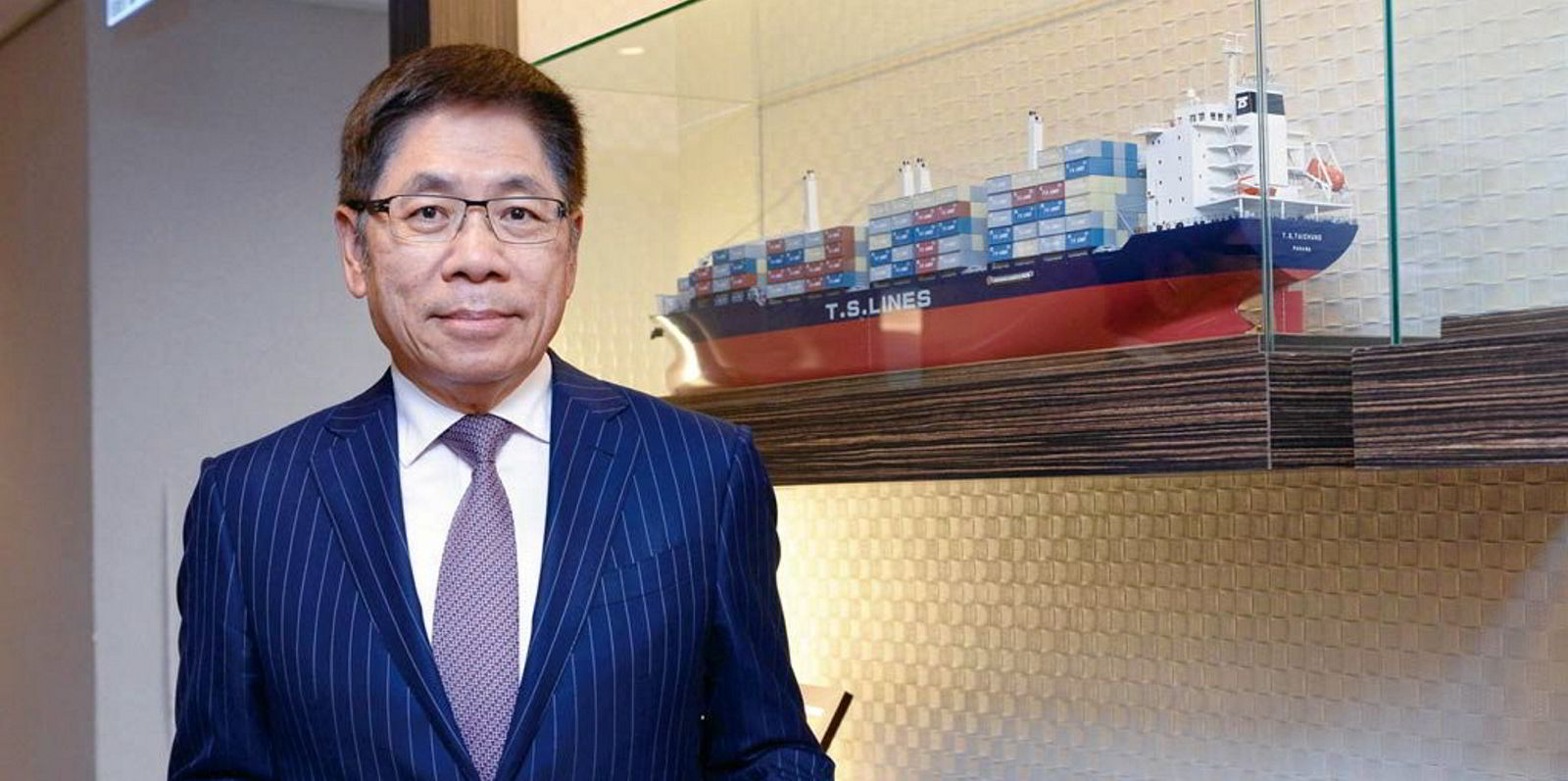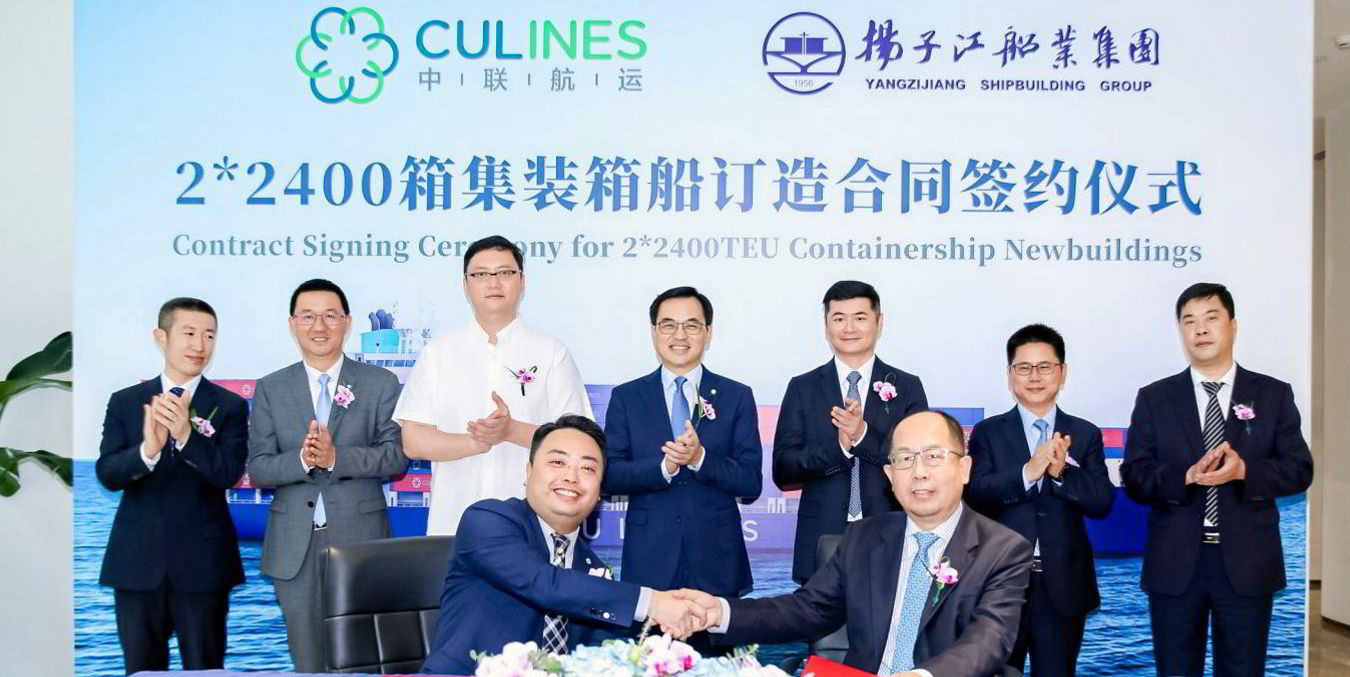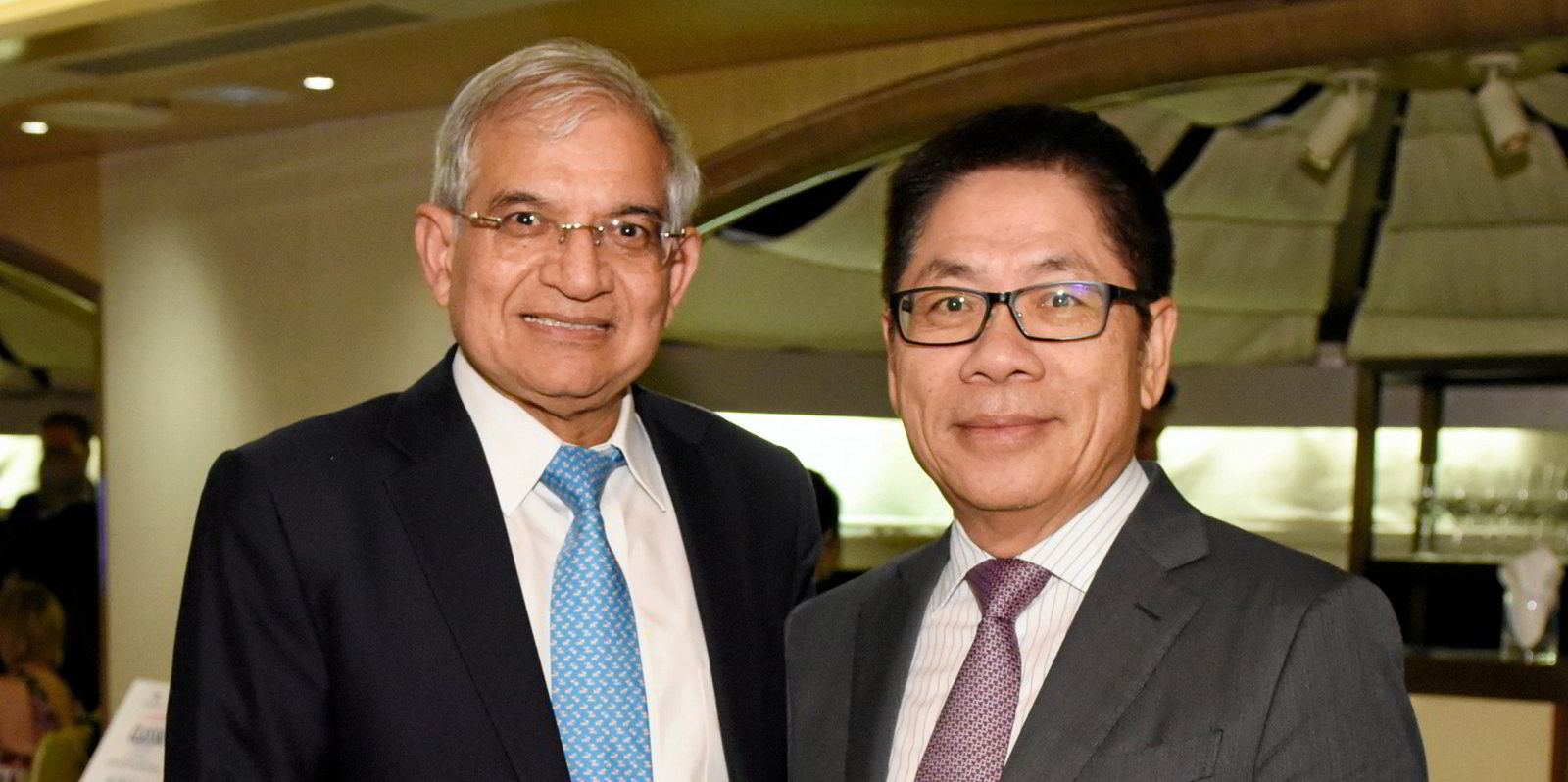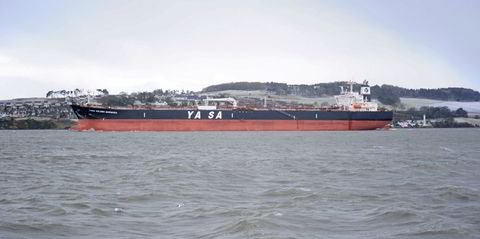The influence of Chinese operators in the intra-Asian trade looks set to grow thanks to a raft of newbuilding orders.
Dubbed the world’s largest container trade, intra-Asia business accounts for over 30% of global seaborne container volumes.
Around two-thirds of these containers are estimated to be carried by Chinese regional operators that have led the surge in ordering feeder boxships.
Chinese operators deploy a fleet of about 1m teu on intra-Asian routes — around one-third of total intra-Asian boxship deployment, up from about a quarter in 2017, according to a recent survey by Clarksons Research analyst Manxi Li.
That proportion looks set to increase as regional Chinese operators comprise five of the top 20 intra-Asian operators.
Companies such as SITC International Holdings, Zhonggu Logistics, Quanzhou Ansheng and China United Lines (CU Lines) are benefiting from a surge in cargo volumes in South East Asia this year.
SITC chief executive Yang Xianxiang said on 16 August that the company had seen cargo growth of 29.4% in the first half of the year.
That was mainly due to an increase from ports in South East Asia, as well as a surprise rise in volumes from Japan.
Ironically, that has coincided with a switch of capacity out of the regional trades to more profitable East-West trades.
Container shipping capacity in the region has shrunk due to a drift of larger container vessels of more than 2,000 teu to more profitable routes, according to Yang.
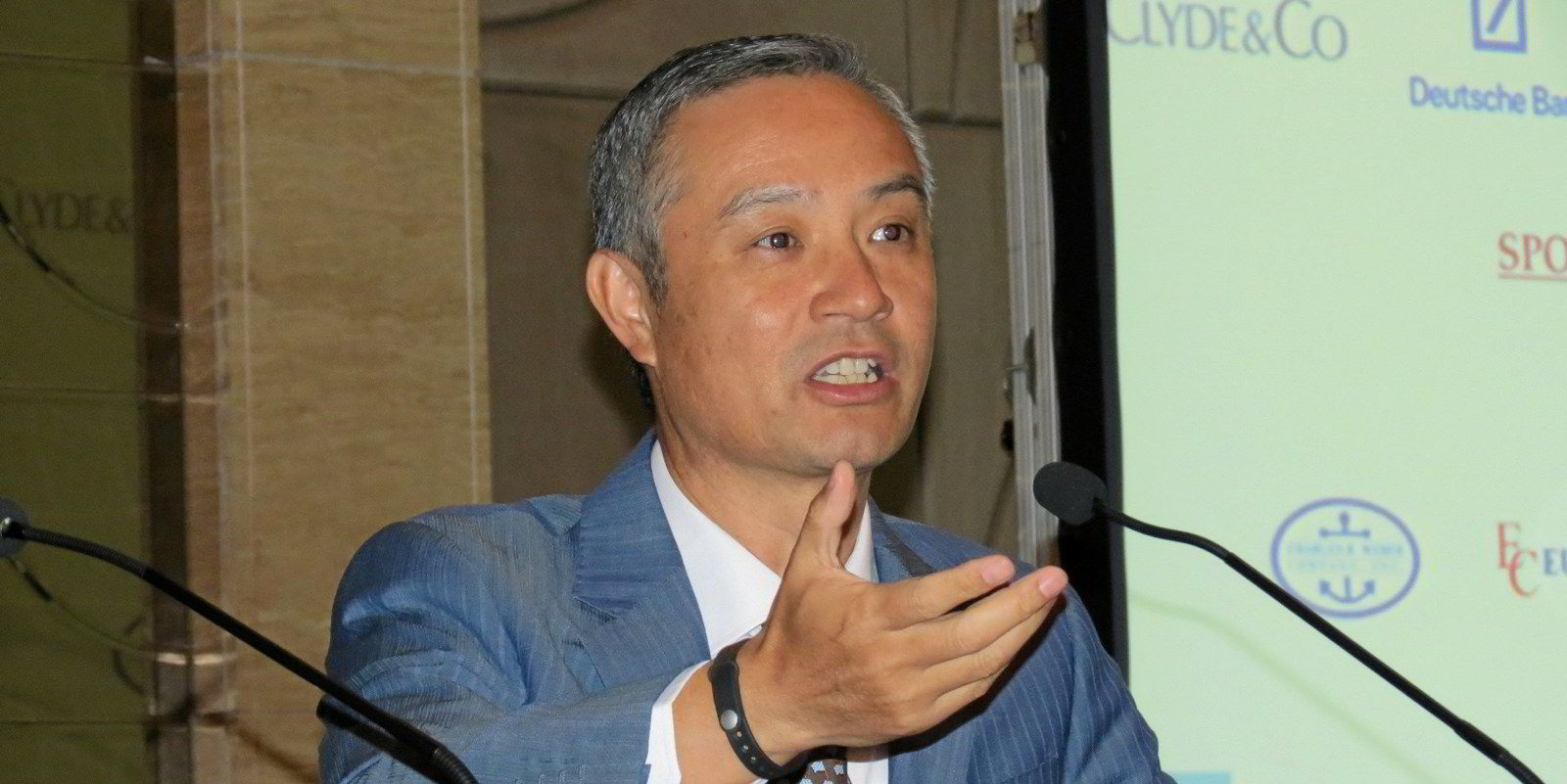
He noted that capacity had been further reduced by port congestion and higher rates, which had made it difficult for some operators to charter ships.
“Dozens of vessels have been withdrawn from offshore routes, including some companies that have reduced capacity on Japanese routes, and more reduced capacity in South East Asia routes,” Yang said.
SITC appears insulated from the charter rate rises with 37 vessels on order of 1,000 teu to 2,600 teu slated for delivery from 2022 to 2024.
The intra-Asian operator has also benefited from a rise in freight rates of 40.5% in the first half of the year.
But those freight rate rises pale in comparison with freight rates of up to $20,000 per 40-ft equivalent unit (feu) on the major East-West trades.
Rates pale in comparison
Average spot rates on intra-Asian routes of about $280 per teu between Shanghai and Japan make it “easy to understand why some carriers redeploy small ships as extra sailers on one of the big East-West routes”, writes Alphaliner.
The analyst notes that the share of global fleet capacity deployed on Asia-Europe to Asia-North America trades has increased from 34.6% to 41.4% in the past year.
That has presented opportunities for other Chinese operators that are expanding their regional influence.
Although predominantly a Chinese domestic container line, Zhonggu has ventured into international trades by starting a China-Vietnam service.
The company operates a fleet of 114 container vessels of up to 5,000 teu on Chinese domestic routes.
It is one of the primary beneficiaries of resurgent demand for classic panamax boxships, having sold a handful of such vessels to CMA CGM and Mediterranean Shipping Co in April.
The ships sold will be replaced in time by a series of 18 container vessels of 4,600 teu that are to be delivered through to May 2023.
Another expanding company is Shanghai-based CU Lines, which has orders for six 2,400-teu vessels at CSSC Guangzhou Wenchong Shipyard.
In July, CU Lines branched out of the regional trades to start its own services on the transpacific along with fellow Chinese regional carrier Shanghai Jinjiang Shipping.
Chinese operators face competition from major carriers, such as Israeli-carrier Zim, eager to spend their windfall profits on acquisitions in the intra-Asian trades.
Others such as France’s CMA CGM, which operates an intra-Asia service through its CNC brand, have started new dedicated services between Singapore and Haiphong.
Cosco-subsidiary Orient Overseas Container Line has launched an intra-Asia service linking China and Indonesia to the Philippines.
Upsizing in trades
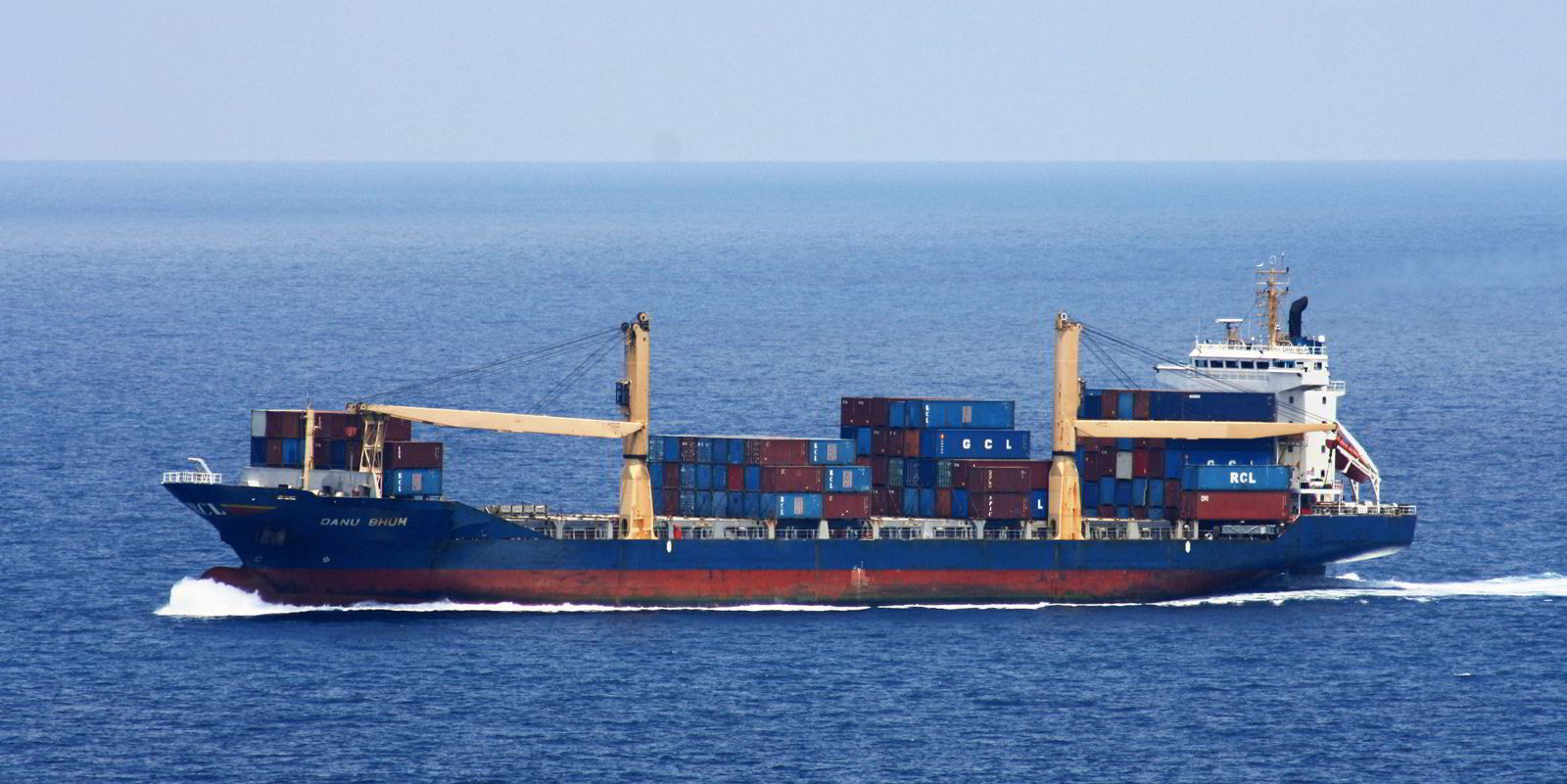
More than half of the ships used in the intra-Asian trades are feeders from 100 teu to 2,999 teu.
But there are signs of gradual upsizing trends with the average vessel deployed by Chinese operators put at about 2,250 teu, up 13% since 2016, according to Clarksons.
One of the most popular sizes is the 1,800-teu to 1,900-teu Bangkokmax design, with 50 or more such ships ordered in the first half of 2021, according to Braemar ACM Shipbroking.
This trend has been spearheaded by Sinokor Merchant Marine, which has 12 vessels scheduled to come on stream from Hyundai Mipo Dockyard in 2022 and 2023.
That is in addition to four 1,080-teu ships that Sinokor has on order at Guangzhou Wenchong and four 2,400-teu vessels at CSSC Jiangnan Shipyard.
Other expanding regional operators include Hong Kong-based TS Lines, which placed an order in August for up to six 1,140-teu vessels at China’s state-owned Fujian Mawei Shipbuilding. The order leaves the company with 20 container vessels under construction in China, including eight larger ships of 7,000 teu.
There are few signs that interest in the intra-Asian trades is slackening off.
Lines are attracted by forecasts that the intra-Asian trade will be among the fastest growing, with a jump of 5% forecast for 2022.
The expectation is that much of that growth will be picked up by the Chinese operators.
